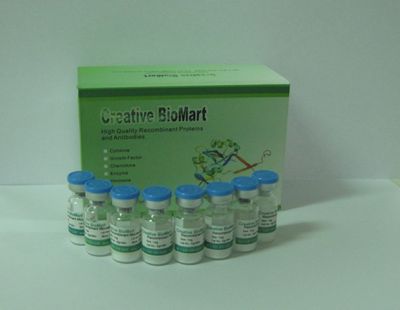| Message: | Tumor protein p53 (TP53, p53) is a widely conserved transcription factor and tumor suppressor commonly referred to as the “guardian of the genome”. Due to the presence of transcriptional activation, DNA binding, and oligomerization domains, p53 responds to diverse cellular stresses to regulate expression of target genes, thereby inducing cell cycle arrest, apoptosis, senescence, DNA repair, or changes in metabolism. Mutations in p53 gene are associated with numerous human cancers and about 50% of those mutations result in loss of function. Multiple genotoxic and non-genotoxic stimuli lead to stabilization and activation of p53 that are mediated by numerous post-translational modifications. The N-terminus of p53 is heavily phosphorylated, whereas the C-terminus may be phosphorylated, acetylated neddylated, ubiquitinated or sumoylated. In unstressed cells, the level of p53 protein is downregulated via binding to MDM2, COP1, PIRH2 or JNK that promote p53 degradation. Cellular stress and Nutlin-3, a potent inhibitor of Mdm2-p53 interaction, activate and increase level of p53 in the cell due to lack of negative regulation. Presence of three putative nuclear localization signals (NLSs) on its C-terminus, promotes translocation of some of the activated p53 into the nucleus thus activating genes that induce cell cycle arrest, senescence, or apoptosis. Phospho-p53 (Ser15) Translocation Assay Kit provides a simple and complete assay in a ready to use format to visualize the nuclear translocation of activated p53 in mammalian cells.
https://www.creativebiomart.net/phospho-p53-ser15-translocation-assay-kit-cell-based-463130.htm |
 my account
my account
 log out
log out
 my account
my account
 log out
log out
